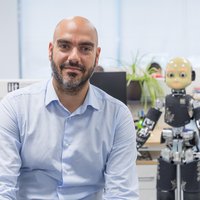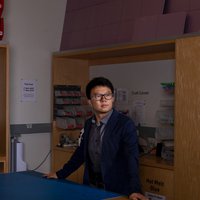Artificial intelligence & robotics
Kimberly Stachenfeld
She used reinforcement learning to better understand problem solving in both the human brain and AI systems

Global
Rediet Abebe
She combined AI with search engine results to discover a community’s needs

Global
Noam Brown
He’s making artificial intelligence better by having it play poker

Europe
Daniele Pucci
With his humanoid robots and jet-driven platforms, he wants to rescue the wounded by delivering both food and medicine

Global
Jinxing Li
His tiny robots can be programmed to treat infection
